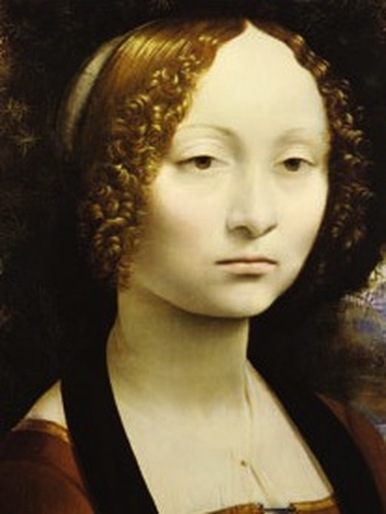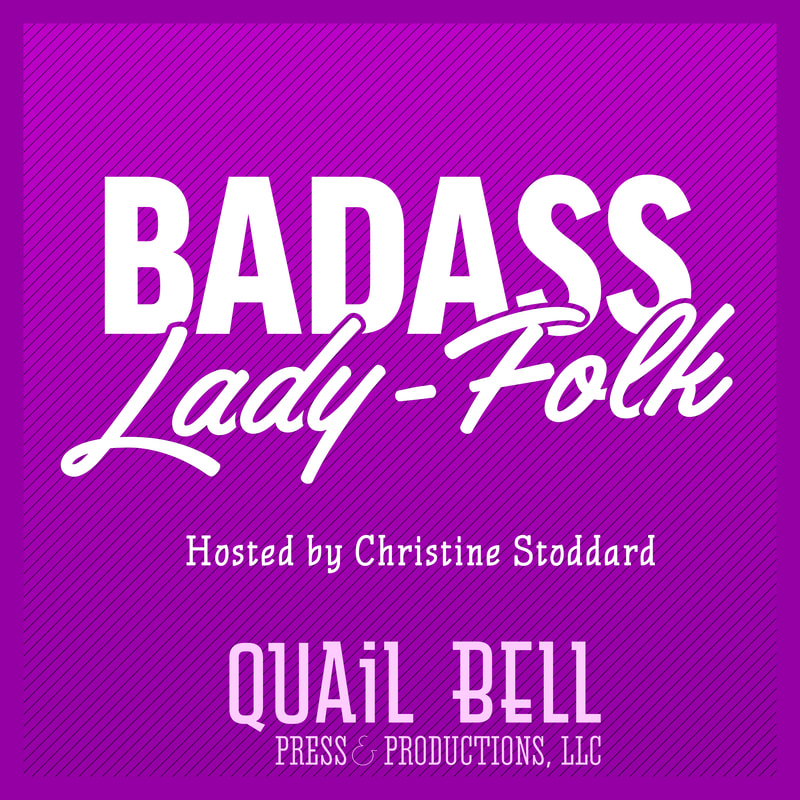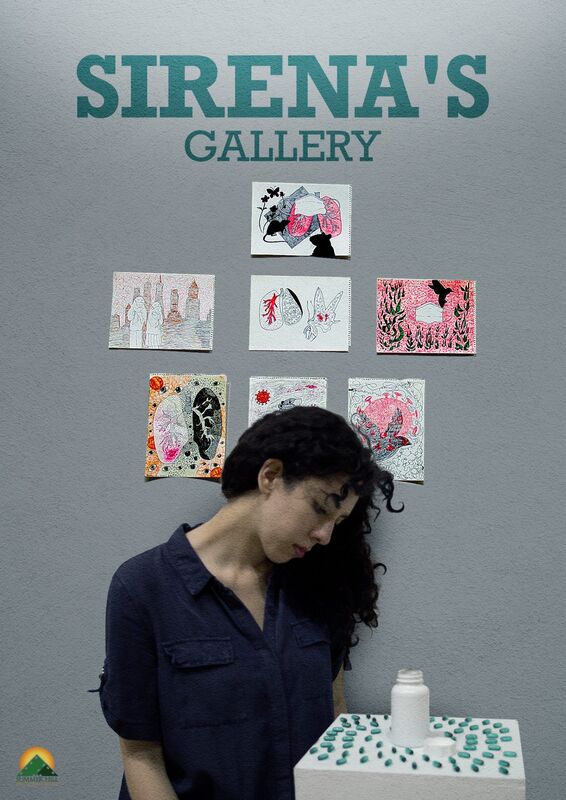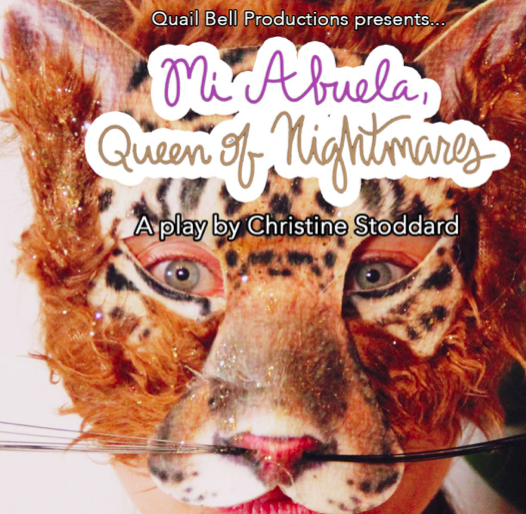|
The Breadcrumbs widget will appear here on the published site.
3 Grad Programs for the Renaissance WomanBy Christine Stoddard QuailBellMagazine.com Having a STEM career does not necessarily mean wearing a hard hat or handling test tubes on a daily basis. It could mean launching products like Gurl.com or even interactive art for theatre and film. According to an August USA Today article, several colleges have recently made efforts to encourage women to pursue STEM careers. These efforts range from lunch-and-listen seminars to scholarship awards to girls-only retreats. American Enterprise Institute scholar, Christina Hoff Sommers, was quoted for saying, “There may be something about [certain math-and science-related] fields that are just less interesting to most women. No one is saying they're not as talented, but they have different aspirations.” Some professors suggest ushering young women into STEM majors by providing them with social opportunities for their projects. Ran Libeskind-Hadas, chair of the Computer Science department at Harvey Mudd College in California, was quoted as saying, “[for women] seeing the applications of computing to society is really important, and seeing applications of computing to things they use in their day-to-day lives is important.” This urge to connect coincides with Baron-Cohen's idea that women possess empathizing tendencies. On that note, the solution to attracting more women to STEM fields may therefore lie in giving academic programs more creative, humanitarian slants. In other words, catering to the Renaissance woman: one who excels in both the sciences and the arts. Only a handful of universities offer graduate programs that combine STEM fields with artistic disciplines. Three stand-outs include NYU's Interactive Telecommunications Program, MIT's Media Lab, and the newer VCU da Vinci Center for Product Innovation. All three programs foster students in their efforts to be inventive and socially-minded with their interactive media projects that range from mobile apps to light installations. Yet each program is unique in its approach to supporting imaginative technology: NYU's Interactive Telecommunications Program stemmed from the Alternate Media Center, which was established in 1971. Somewhere between an art school and an engineering school, ITP's multimedia production center lives in a 15,000-square-food studio that houses a range of digital production equipment. ITP grads have started FourSquare, Arduino, and QuickTime VR, to name a few. Admissions requirements to ITP are fairly flexible but competitive. The committee focuses more on applicants' answers to essay questions and (optional) portfolio samples than “hard” numbers. No programming experience is necessary to enter the program; the first semester is spent in foundation courses, such as Animation, Visual Language and Introduction to Computational Media. Classes average 100 students, many of whom lived past lives as graphic designers, photographers and even DJs. Founded in 1985, MIT's Media Lab has fewer than 150 students—mostly men—and fewer than 28 faculty members and investigators. That is not to mention over 80 sponsors, from LEGO to Nortel to Fisher-Price. Projects and companies that have come out of Media Lab include BuzzFeed, NYC Wireless, One Laptop per Child, United Villages, and The Writing Faculty, among multiple others. With no core curriculum, students work with the same research group for two years, taking a total of five courses and producing a research thesis by graduation. Most admitted students have an undergraduate background in a STEM field, as Media Lab offers no foundation courses in programming. The interactive industry often compares Media Lab to Harvard and ITP to Yale. Located in Richmond, Virginia, VCU's da Vinci Center recruits students with Fine Arts, Business, and Engineering backgrounds. Current da Vinci Center sponsors, which rotate each semester, include The Science Museum of Virginia, Dominion Power and MeadWestvaco. VCU is renowned for some of its programs in the visual arts and medicine, such as its top-ranked Sculpture and Nurse Anesthesia degrees. Graduate classes outside of the curriculum are open to da Vinci students as electives, but only within their respective discipline. The Masters in Product Innovation degree requires a minimum of 30 credit hours, as well as a Masters project by graduation. The center also offers an undergraduate certificate program and sponsors an annual Venture Creation Competition. This past May, I graduated from VCU da Vinci Center's undergraduate certificate program in Product Innovation. I was also a Film major in the School of the Arts and an English major in the College of Humanities & Sciences. Coming to da Vinci from an arts and humanities background scared me at first. I feared that, with my lackluster math and science skills, I could not contribute to group projects in the same capacity that my Engineering peers would. Luckily, I brought a different, equally valuable skill set to the program and learned a lot about engineering and, more importantly for my career, how engineers think. The classroom environment was nurturing and productively playful. I was allowed to brainstorm, I was allowed to fail, and I was definitely allowed to succeed. I never felt stigmatized or inadequate because I was female (or for any other reason.) More often than not, I felt capable and inspired. For my engineering and capstone classes, I was on all-girl teams. That happened coincidentally. Many of the classes had more female students than male ones, though most of the professors were male. Overall, my time in the da Vinci program proved fruitful. I developed an idea that I came up with in my engineering class with Kathleen Barron, the engineering student I was working with in my capstone class. Together we won a university-wide competition, the 2012 Energy Efficient Sprint Challenge, with our original green design. In our capstone class, Kathleen and I worked with two marketing majors and an interior design major to design a turbine system that demonstrated the hydrokinetic potential of the James River. We came up with a turbine that would power an elegant outdoor light installation at a historic property. Eventually, we also created related exhibition material for the Science Museum of Virginia. Because of my positive experiences in da Vinci, I'm tempted to later apply to a graduate program that unites artists, engineers, and designers of all varieties. More than ever, I value social innovation and interdisciplinary collaboration. 18% of all U.S. Patents went to women in 2010, compared to just 9% 20 years prior. With programs like the ones at NYU, MIT, and VCU, that number may continue to soar. CommentsComments are closed.
|
|








